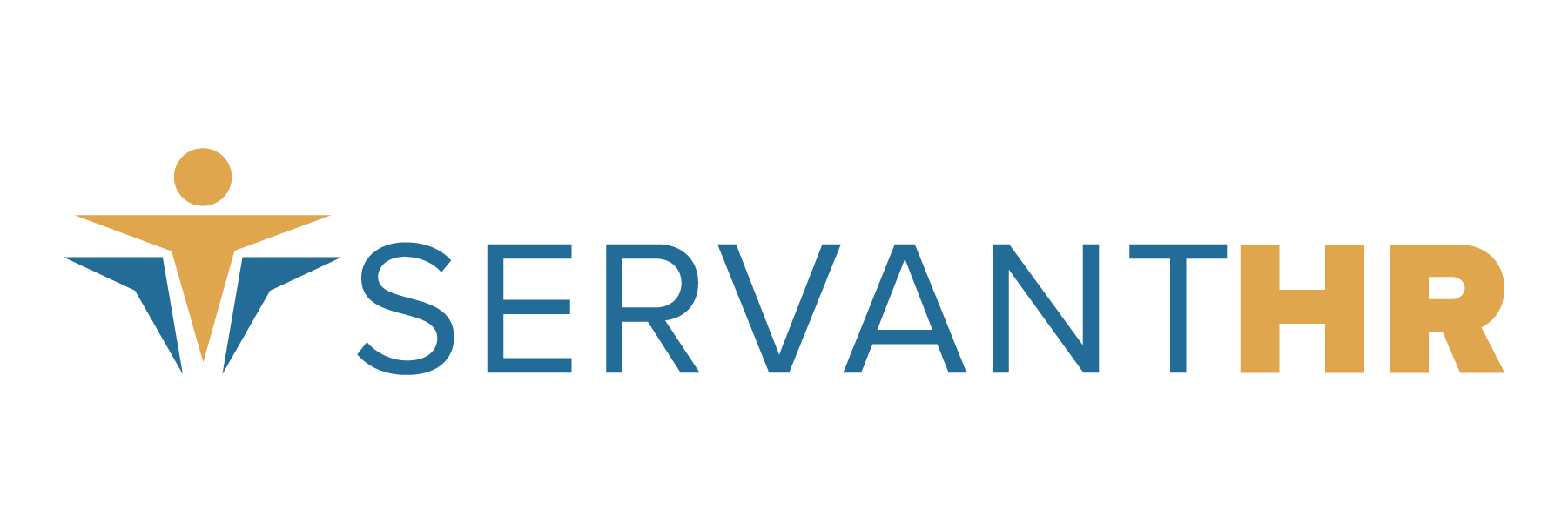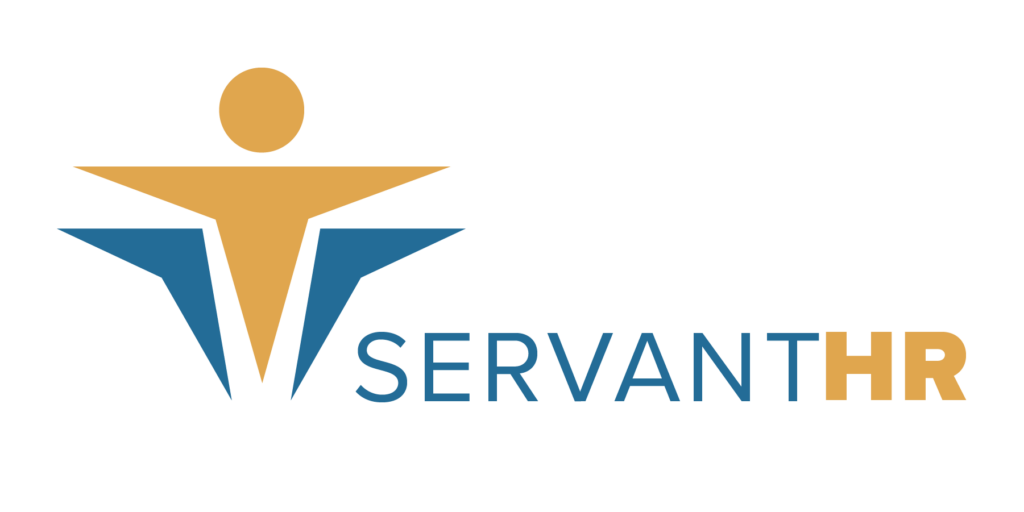Your employees might be a little jumpy with Halloween just around the corner. However, recent research shows it’s not the spooky season that’s frightening your workers—it’s their jobs.
A new Cornerstone report found that over half of American workers aren’t sure they have the skills to withstand a future layoff. Some economists are already forecasting a downturn after a recent spike in layoffs, and data shows employees are getting nervous. Cornerstone reports that 60% of baby boomers feel insecure with their current skill sets, especially as compared to the increasingly competitive talent market. And with the rise of new technology, workers are afraid they could lose their jobs to either more qualified employees or in some cases—to machines.
So what is HR’s role amidst this worried workforce? How can you more effectively train your employees so they feel empowered to do their work and confident in their skills? To start, you’ll have to learn what your employees know and don’t know—and tailor your training and development programs to fit the needs of your organization.
The Society for Human Resource Management (SHRM) offers several key ideas for better training and development programs that actually increase employee confidence.
1. Survey your employees
The best way to get real information about organizational performance is to simply ask your employees. They know their exact pain-points and will be motivated to participate in training that specifically addresses their needs. Surveys also boost morale, as they demonstrate employer care and interest in employee development. SHRM notes the most common feedback from employee surveys is that employees want clearer work expectations and training by experts.
2. Align training with goals
Management should define their operating goals before designing targeted programs. Specific goals might be better performance, productivity or customer satisfaction. Perhaps you need better onboarding and new-hire training so that employees can provide greater customer service. For compliance training, partner with regulatory agencies like the Occupational Safety and Health Administration (health and safety), the Department of Labor (wage and hour compliance) and the Department of Justice (harassment and discrimination training). You may consider contracting out design work in order to create more comprehensive instructional material. If you’re managing a multi-generational workforce, your goal may be to improve communication within the organization. Offer training for supervisors to improve their coaching skills and help develop a healthier work culture.
3. Ingrain it into your culture
Speaking of healthier work culture, consider implementing a “life-long learner” philosophy that focuses on employee satisfaction. When making promotion decisions, give preference to employees who have completed training and performed well. A promotion should be one of the rewards for their efforts, as it answers the employee question, “What’s in it for me?” Celebrate achievements by letting everyone in your organization know when someone completes training and what that means for their growth opportunities. Advertise your programs and participants in internal communications, display their pictures and stories, and talk about it at every employee gathering. Encourage employees to be trainers or subject matter experts so that employees are engaged and empowered to take ownership of their skills.
4. Keep innovating
Sometimes the problem lies, not in lack of programs or training content, but in the inability to communicate that content in an appropriate learning format. As we all get more comfortable with technology, there’s a growing need to adopt the latest ideas. Today there are apps, games, and easy-to-use video tools that can be streamed to mobile devices for individual training on the employee’s own time. It’s important to research the latest trends online, network with other training professionals, and revise programs to take advantage of the latest best practices. Just because it’s what you’ve always done, doesn’t mean it’s what you should do forever. Tailor your training to how your employees best learn and don’t be afraid to adapt to new technology.
5. Measure results
Make sure you’re keeping track of how things are going. This lets you know if the training offerings you provide are worth everyone’s while. The best measures are the simplest ones; incorporate them into your program so everyone knows what’s expected. Look for behaviors and measure them on the job to determine if employees actually learned how to perform appropriately. If trainings do not provide the intended result, consider redesigning programs, as well as offering feedback. To ensure there are no surprises for employees, communicate the importance of feedback and implement a specific structure. Make feedback a regular part of life at work so employees know how they are doing in real-time.
These are just a few ideas for revamping training and development at your company. You want your employees to feel happy, confident and motivated in their work—not insecure and nervous they might get fired at any second! Demonstrate your belief in your workers by investing in their development. Providing your employees with growth opportunities sets them at ease and allows for greater productivity in the long run.
Want more ideas for training? Need HR coaching and counseling for specific issues at your company? That’s where we come in. The health of your business is our priority, so contact Servant HR and allow us to serve you today.





